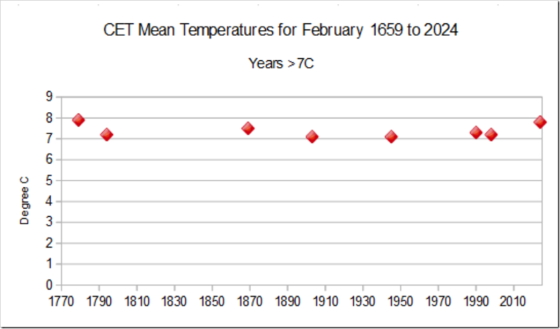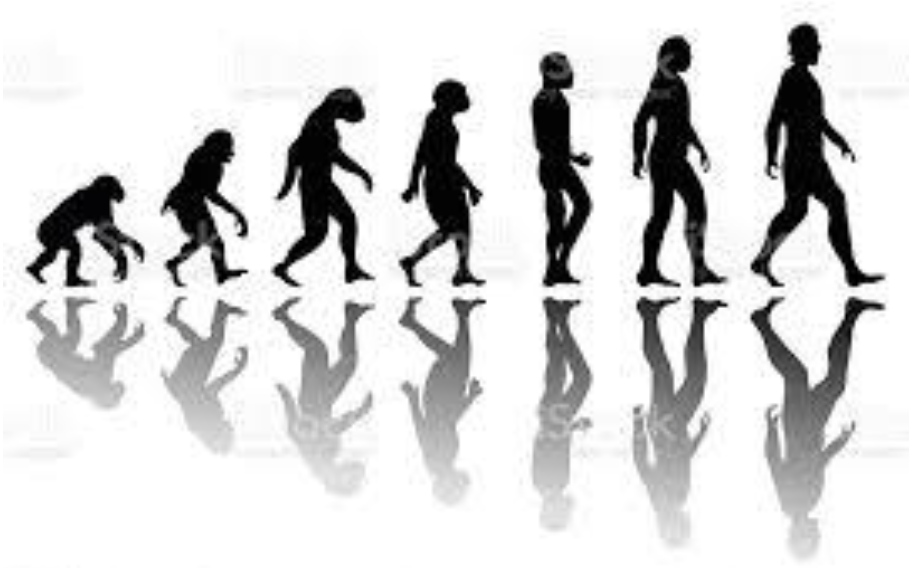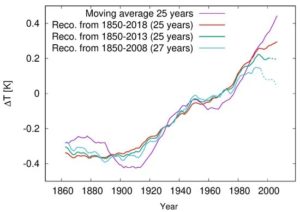by T.M. Brown, Jan 6, 2025 in Science
From 27 B.C.E. to 180 C.E., Rome enjoyed a period of relative peace and prosperity, the Pax Romana. It witnessed the beginning of the Roman Empire, the building of the Colosseum, and the expansion of the empire to encompass the entire Mediterranean and much of the British Isles. However, the industrial-scale silver smelting that accompanied such prosperity came with a dark side: lead pollution.
In a study published today in the Proceedings of the National Academy of Sciences, scientists for the first time quantified atmospheric levels of this pollutant and found the toxic metal likely led to diminished IQs for many ancient Romans.
“This is certainly a very interesting paper,” says Christopher Loveluck, an archaeologist at the University of Nottingham who was not involved in the study. “Lead emissions in the vicinity of mines and smelting sites by themselves could certainly have had an impact on the cognition and health of surrounding populations, and potentially wider rural populations.”
Today, scientists know that even minor, short-term exposure to lead-contaminated pipes, paints, and toys can lead to heart and cognitive problems, especially in infants and young children. And lead was ubiquitous in ancient Rome, including in ceramics, cosmetics, painted glaze, water pipes, and as a sweetener in wine. Researchers have even argued lead poisoning hastened the downfall of the Roman Empire.
Some Romans recognized its dangers. Pliny the Elder called the white lead powder used in Roman cosmetics a “deadly poison,” says Caleb Finch, a scientist at the University of Southern California who was not involved in the study. But although tooth enamel and skeletal remains testify to lead poisoning among some Romans, scholars have debated how serious a problem it was.
Airborne pollution accounted for much of the exposure, says Joseph McConnell, a research scientist at the Desert Research Institute and lead author of the study. The mining and smelting of silver from a lead-rich mineral called galena releases the toxic metal as a vapor, he says. “For every gram of silver produced, something like 10,000 grams of lead were produced.”
…





